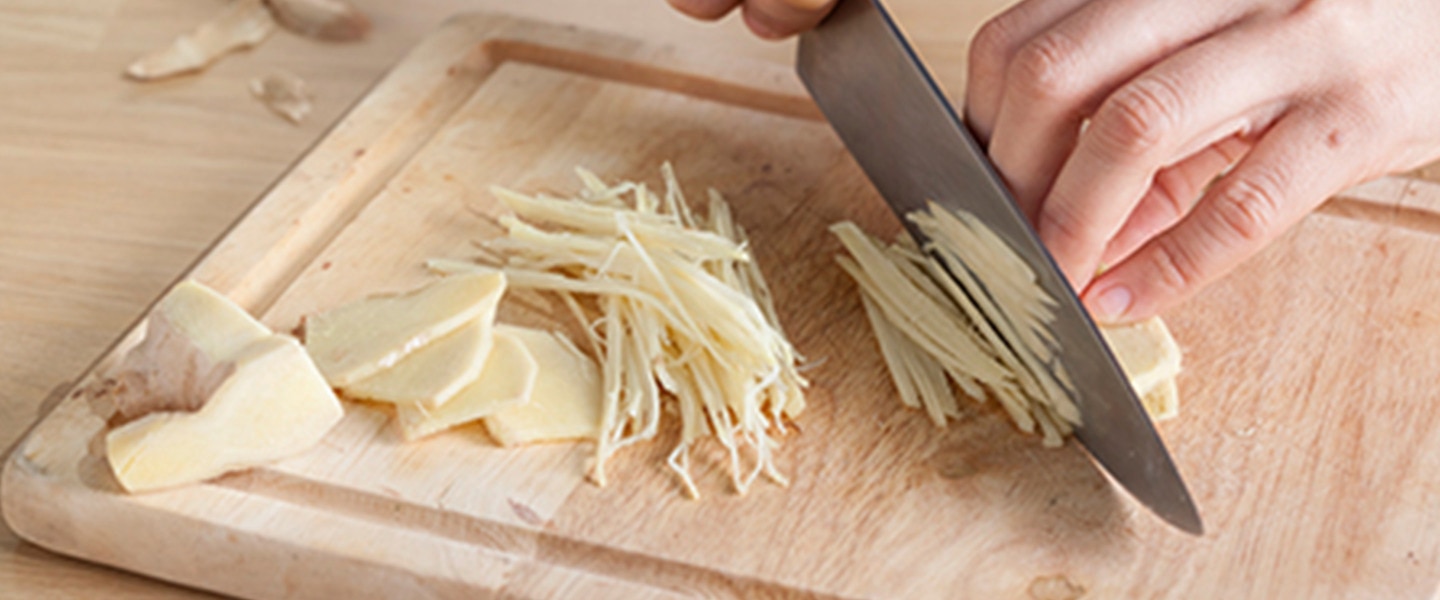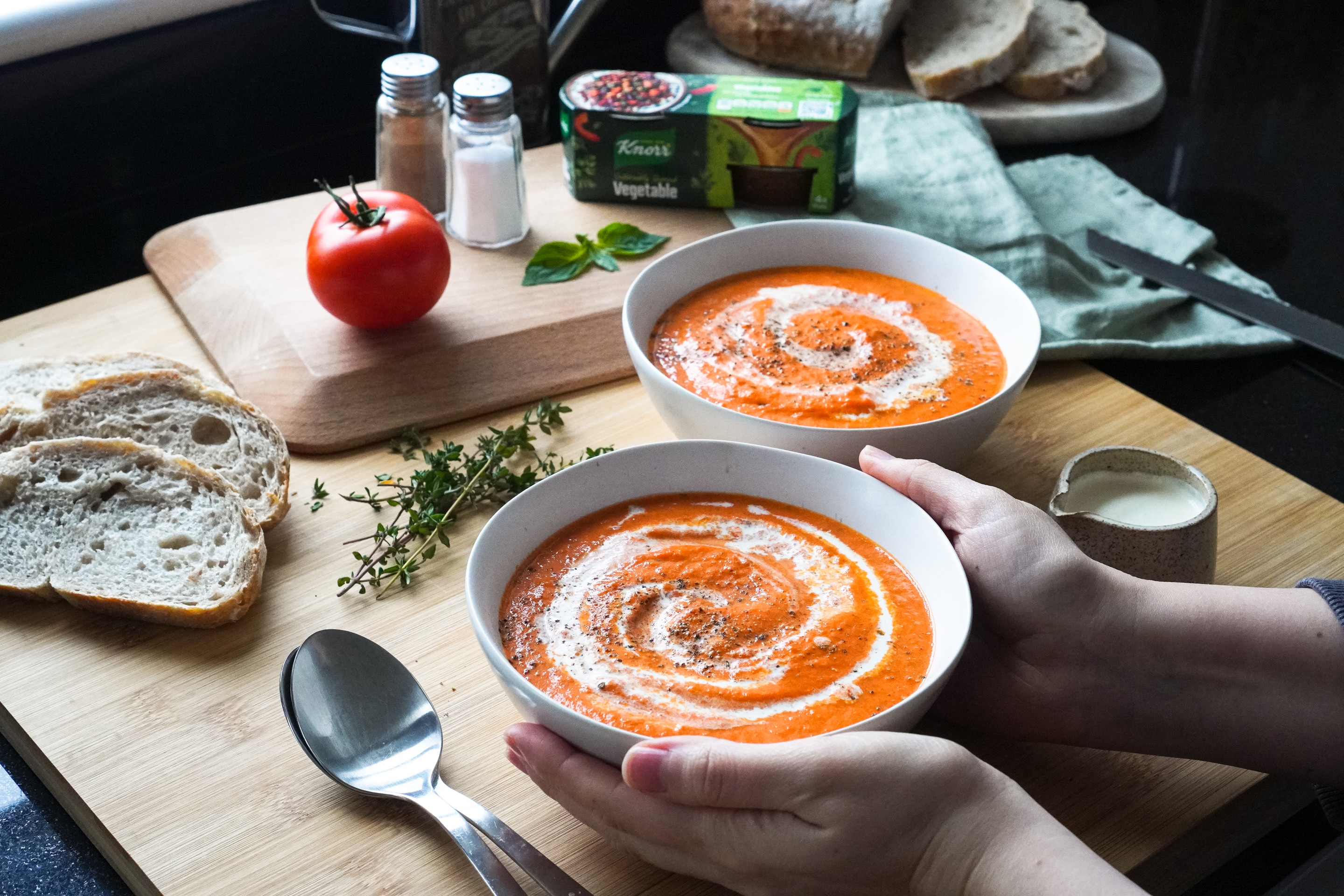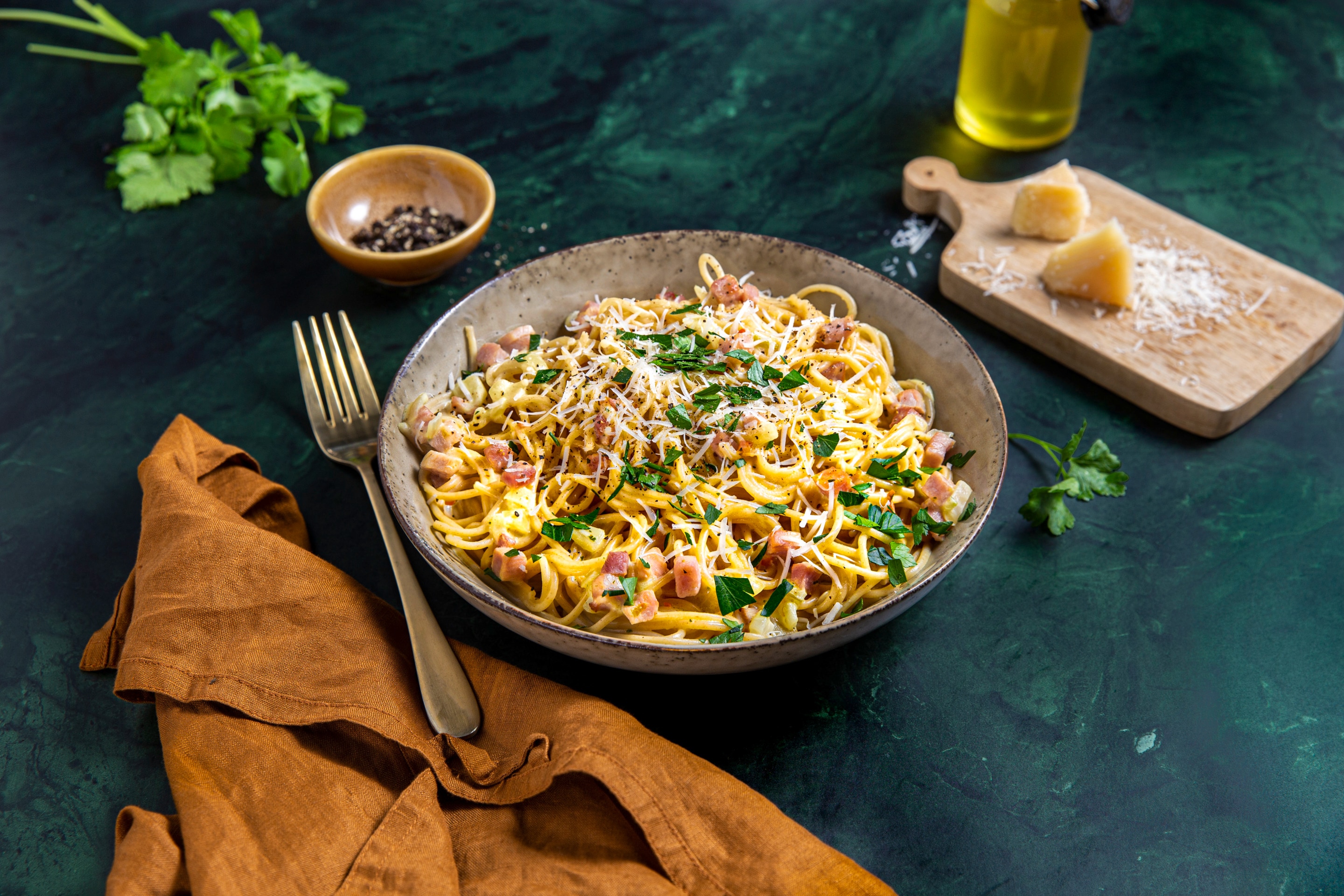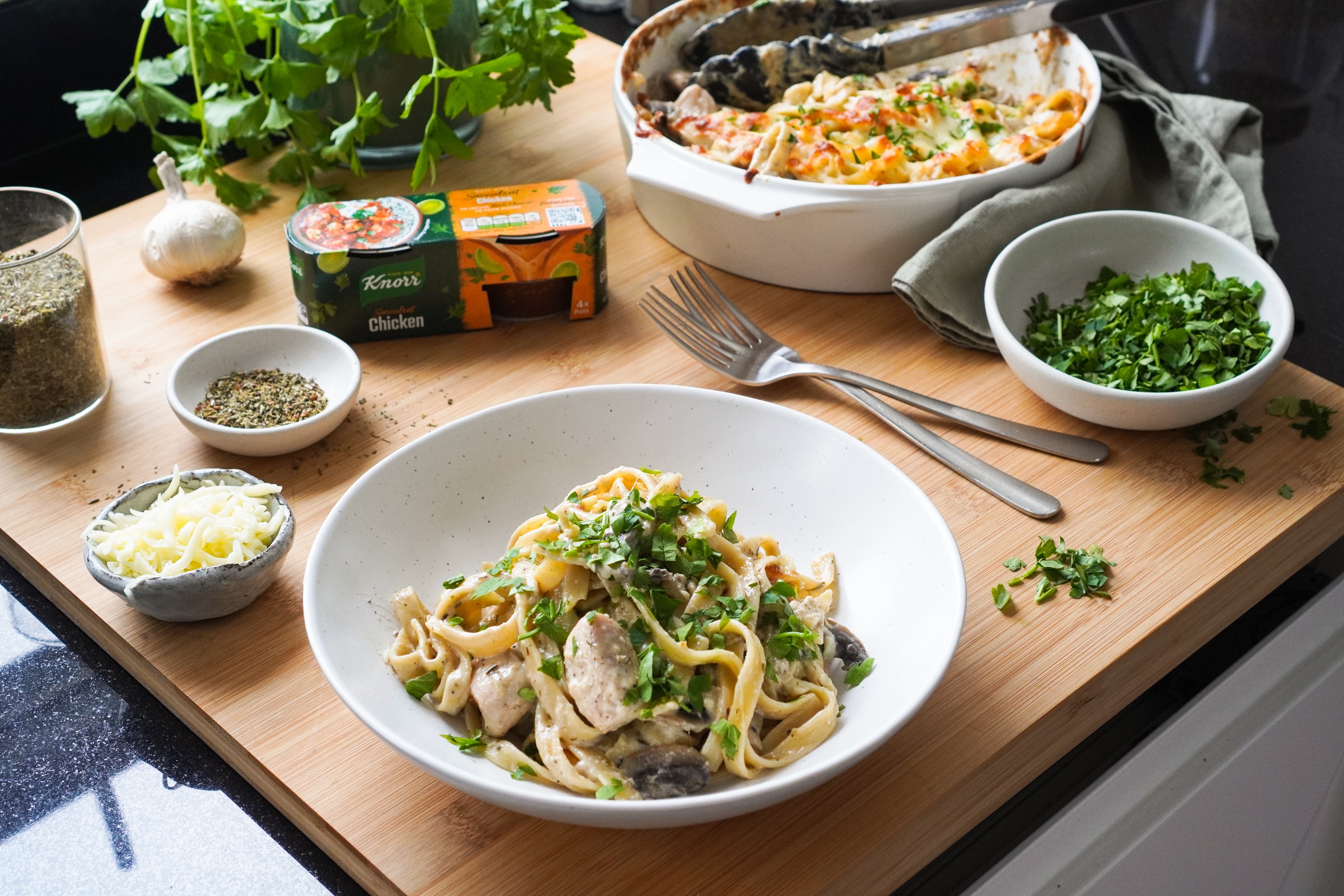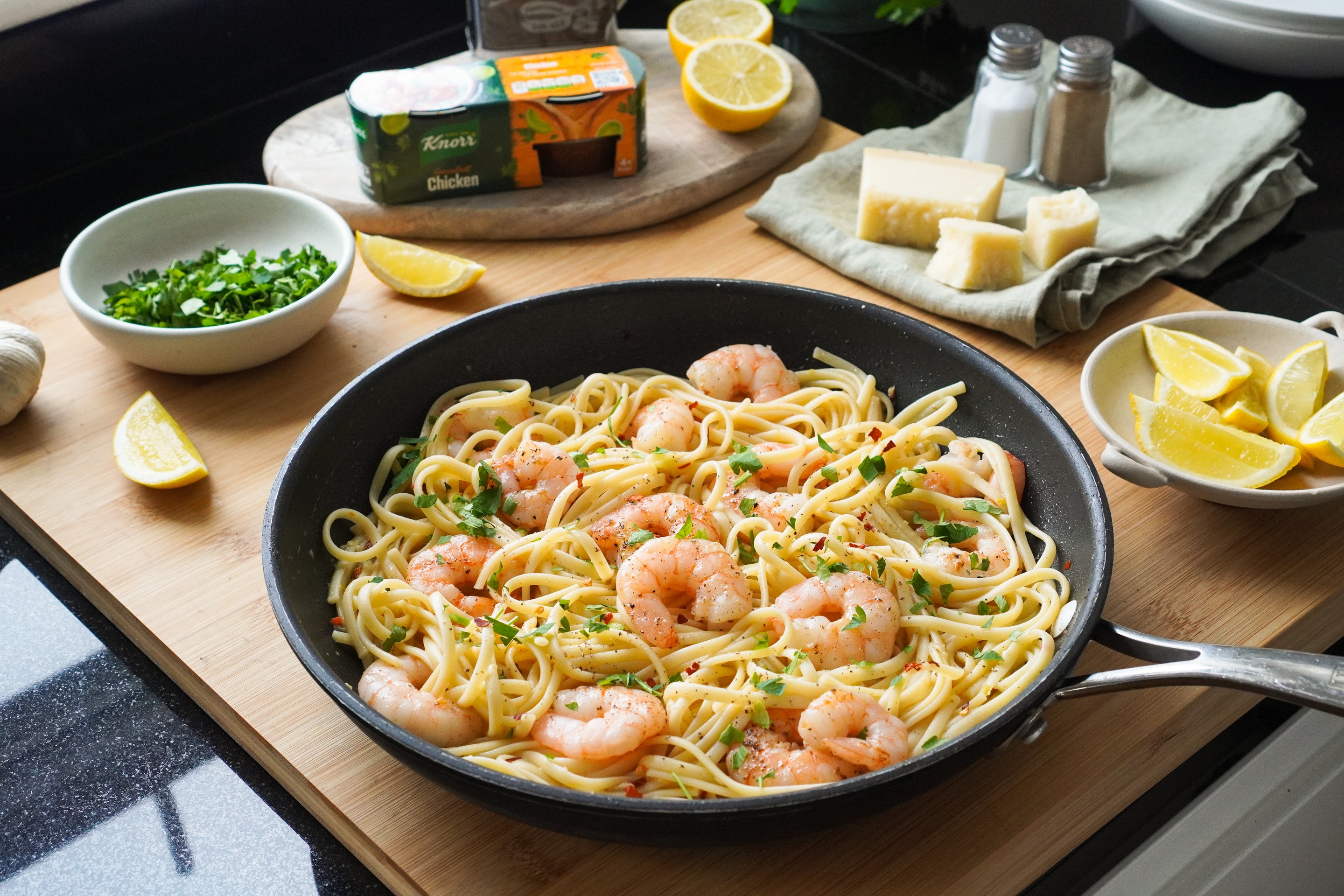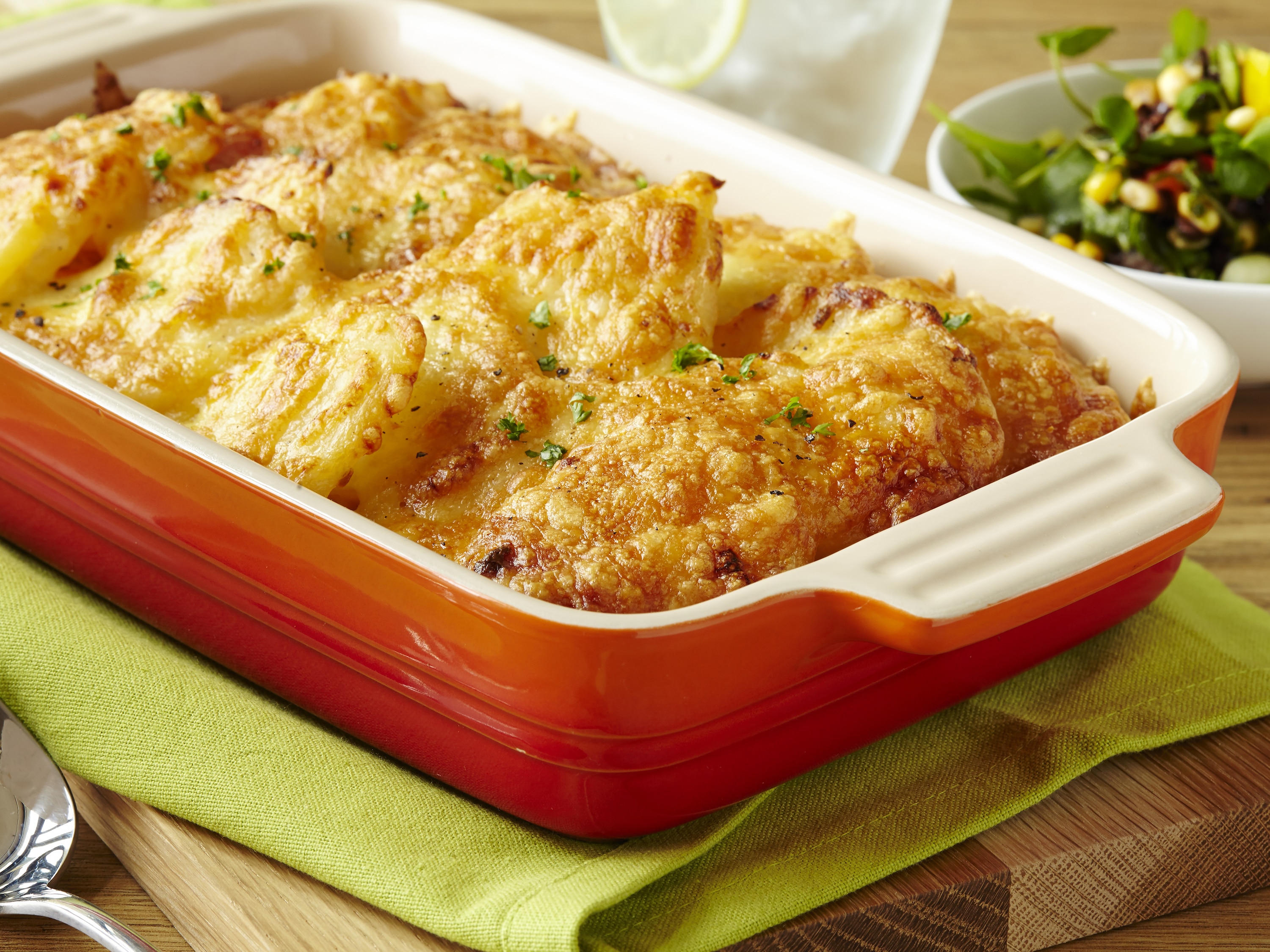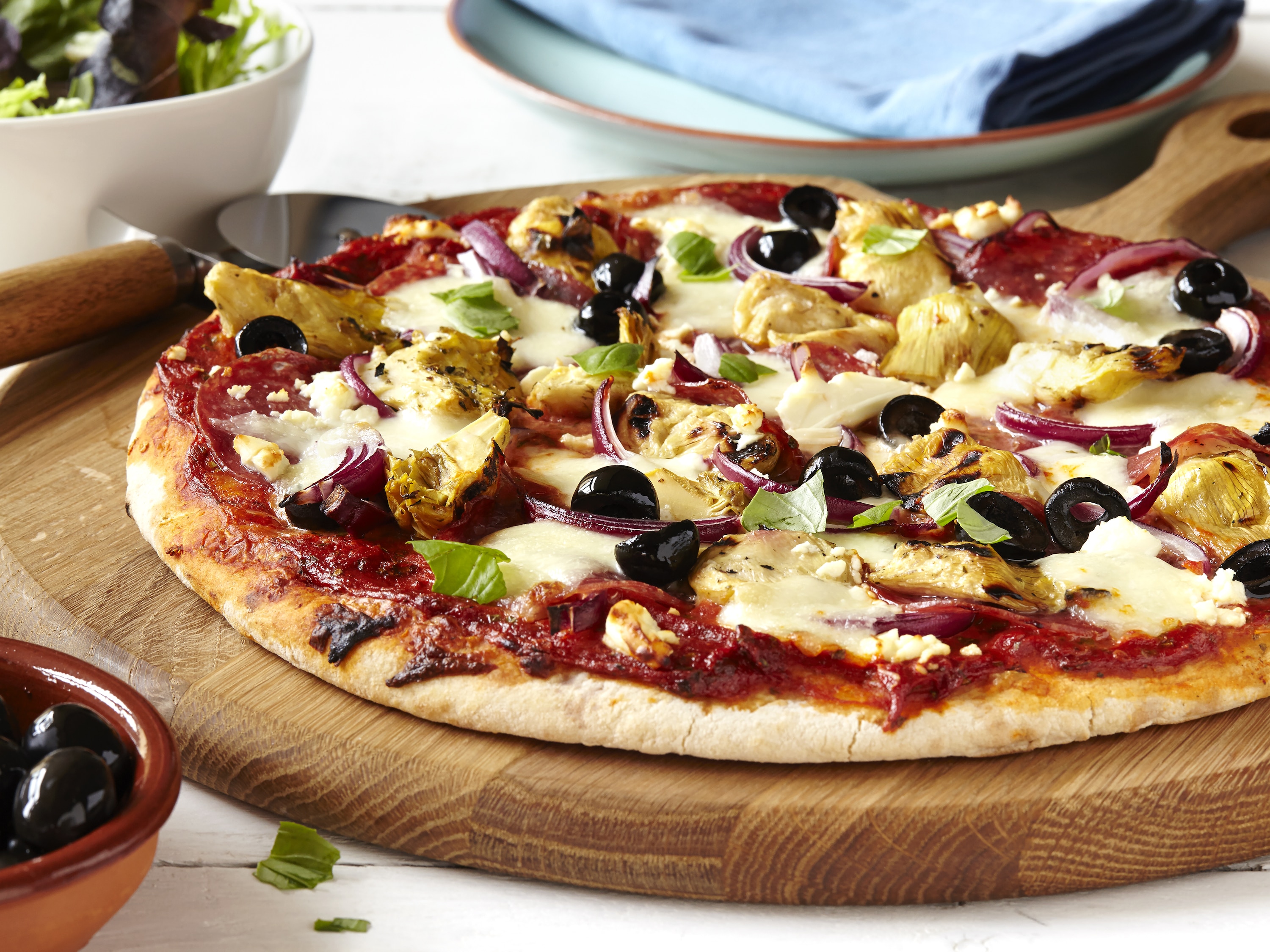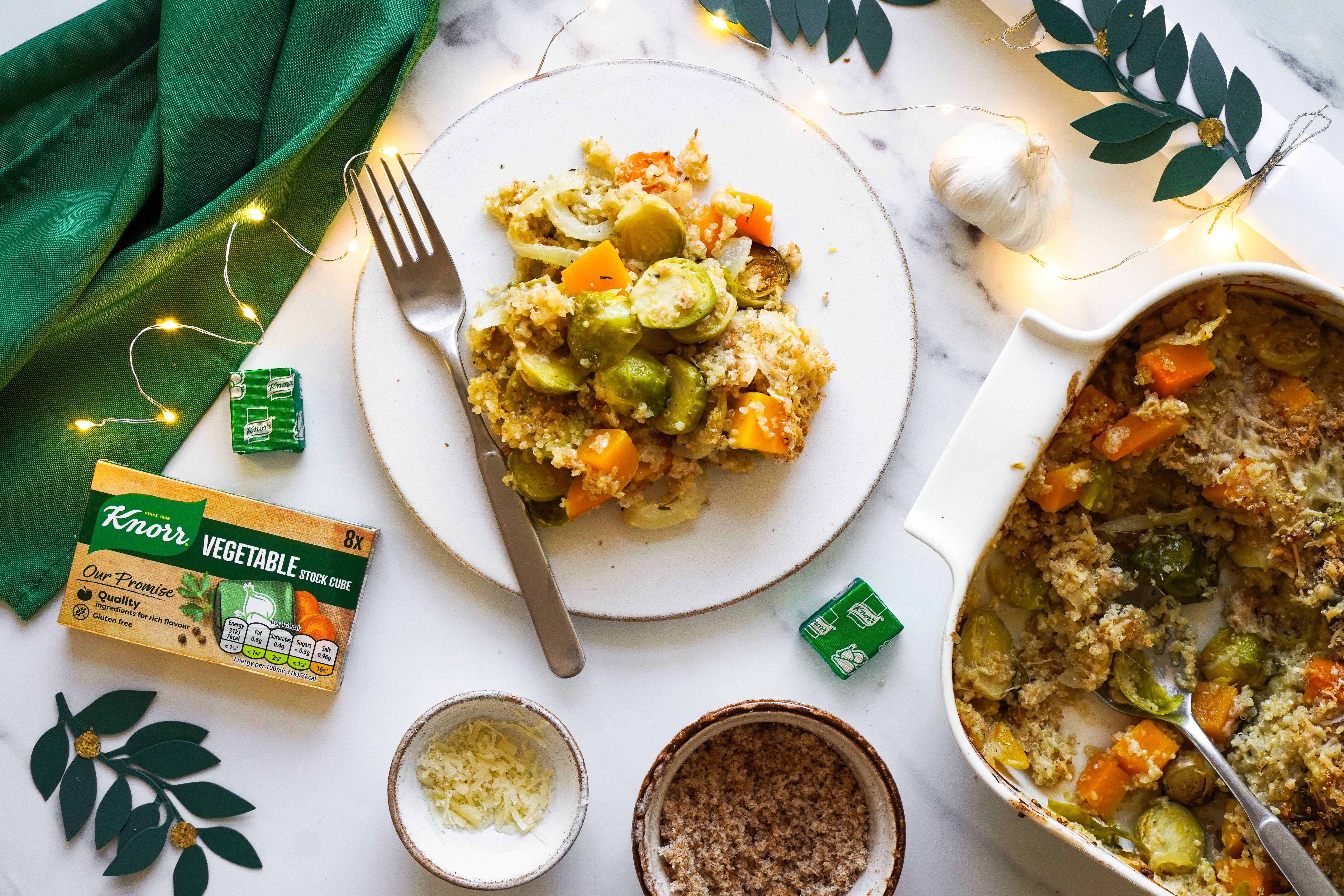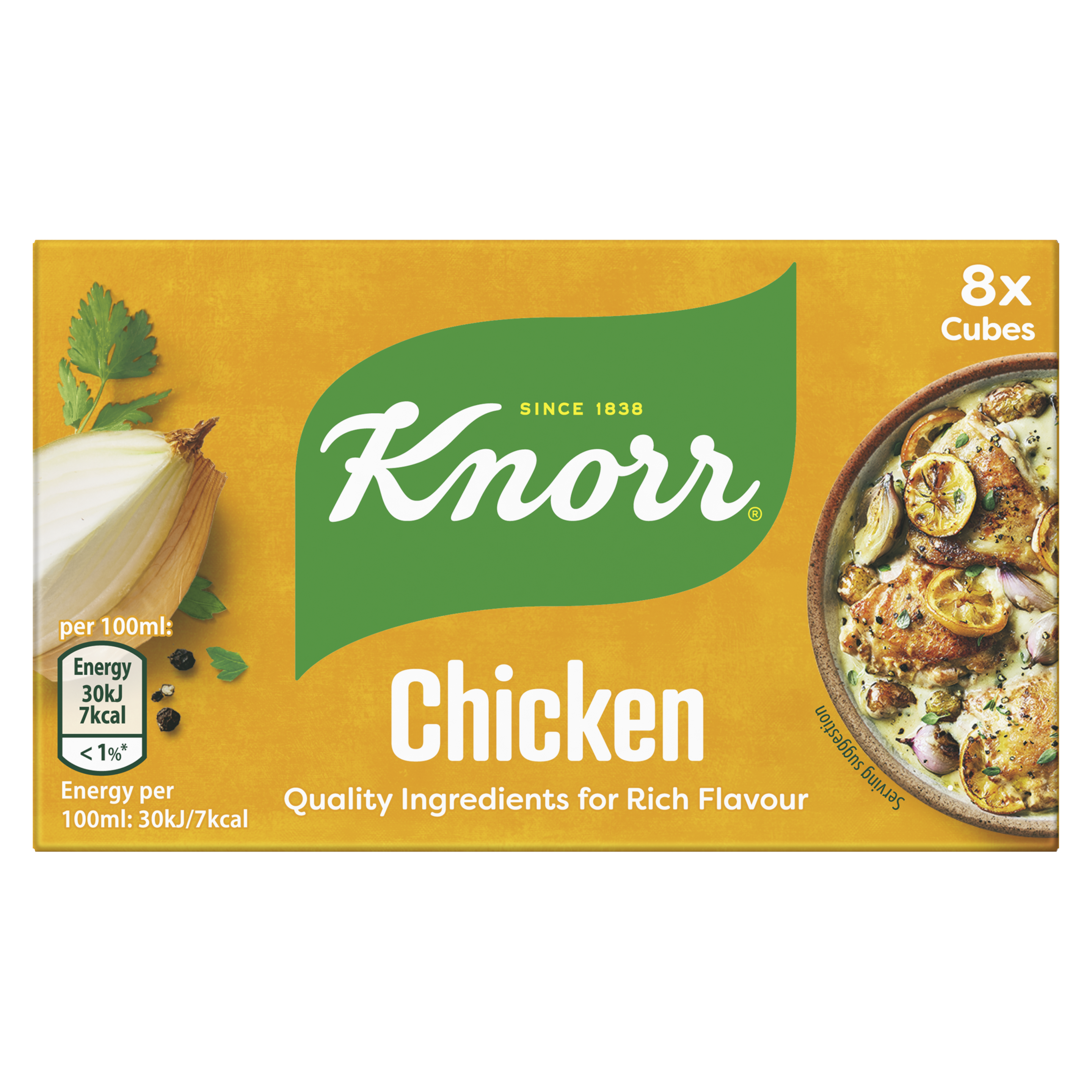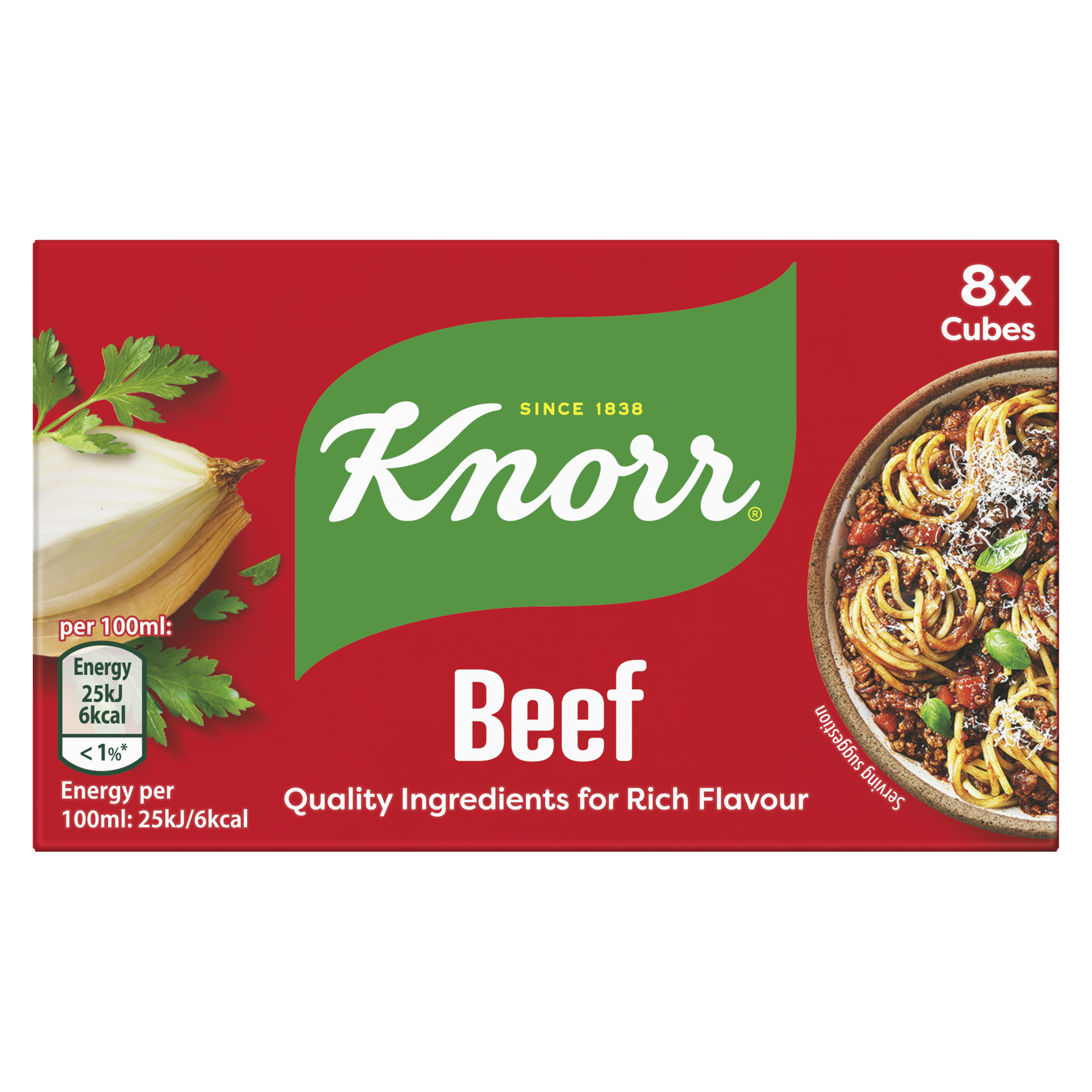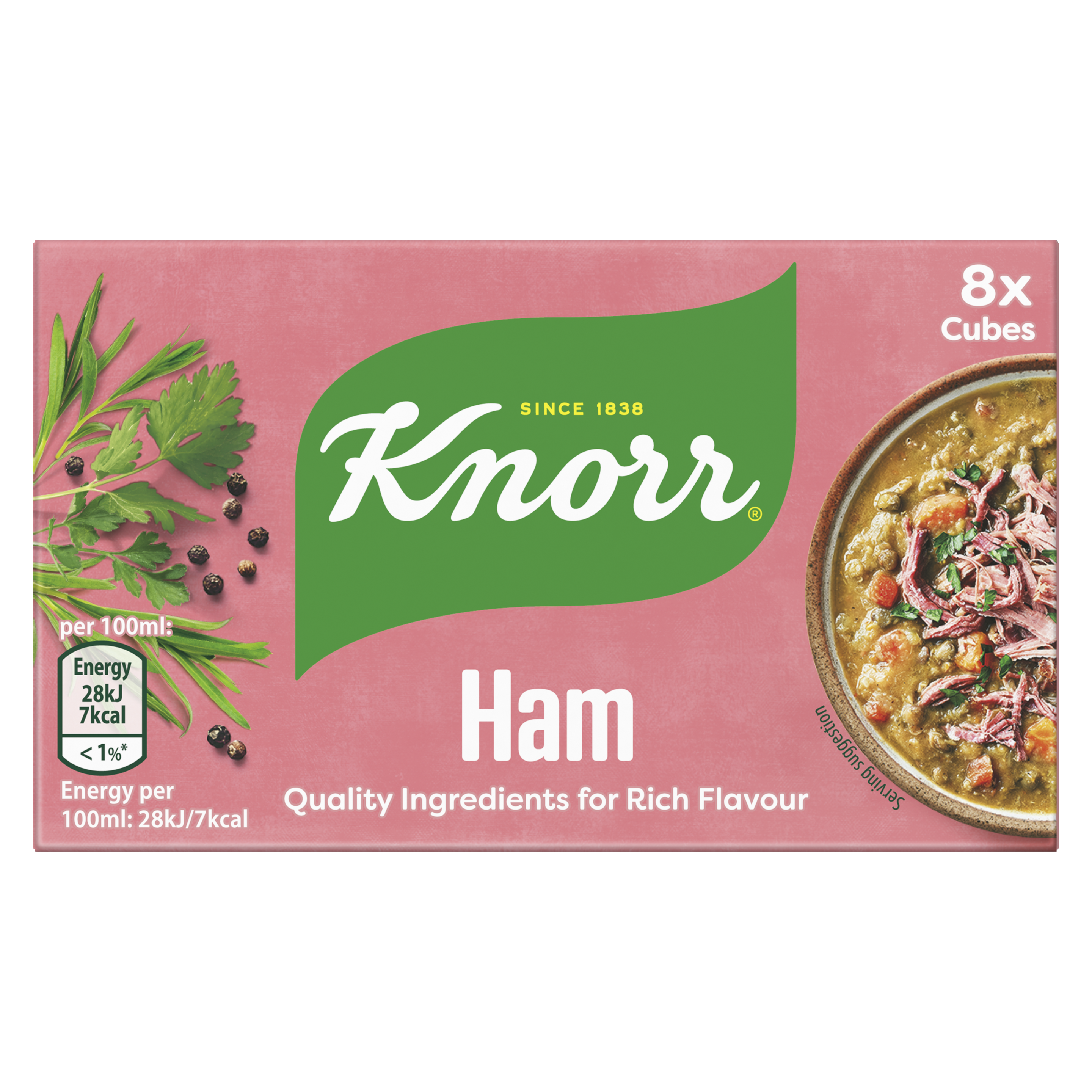Skip to:
Master essential knife skills with Knorr's comprehensive guide, covering everything from choosing the right knife for the task to safe handling techniques like the claw grip and rocking motion. Learn how to expertly chop, dice, and slice, and discover crucial tips for knife care and sharpening to ensure culinary excellence and kitchen safety.
Blade Basics: Choosing the Perfect Knife for Every Kitchen Task
Mastering knife skills is a cornerstone of becoming a confident cook. Your journey to culinary excellence begins even before you reach the cutting board. This handy guide will demystify the world of kitchen knives, helping you distinguish between a versatile chef's knife, a precise paring knife, and the nimble Santoku knife in no time.
The Chef's Knife: Your Kitchen's Versatile Workhorse
The chef's knife, often called the cook's knife, is the undisputed champion of the kitchen. Featuring a broad, sharp blade typically between 6 to 10 inches long, it excels at a multitude of tasks, from robust chopping and precise dicing to effortless slicing. Its carefully considered weight and balance offer superior control, cementing its status as the go-to tool for the majority of kitchen preparations. Consider it your culinary jack-of-all-trades.
The Paring Knife: For Precision Tasks and Delicate Detail
For tasks demanding precision and intricate work, the paring knife is your essential tool. Typically measuring around 3 to 4 inches, this compact knife is perfectly suited for detailed jobs like peeling fruits and vegetables, trimming small items, and hulling strawberries. Its narrow blade design grants exceptional control and accuracy, making it indispensable for delicate preparations.
The Serrated Knife: Effortlessly Slice Through Tough Exteriors
The serrated knife, distinguished by its saw-like teeth, is your go-to for cutting through items that challenge a smooth blade. It excels at slicing through crusty bread, delicate pastries, and foods with a tough exterior yet soft interior, such as ripe tomatoes and juicy citrus fruits. Its unique edge grips and slices without crushing, ensuring clean cuts every time.
The Santoku Knife: Japanese Precision for Versatile Cutting
The Santoku knife, a popular Japanese all-purpose knife, is celebrated for its sharpness and agility. Its blade is typically shorter and wider than that of a chef's knife, featuring a straighter edge. This design makes it exceptionally well-suited for precision chopping, dicing, and slicing, particularly when working with vegetables and boneless proteins, offering a unique cutting experience.
The Utility Knife: Your Go-To for Mid-Sized Tasks
The utility knife strikes a perfect balance, fitting neatly between the chef's knife and the paring knife in both size and function. It's an incredibly versatile choice for tasks that demand more precision than a chef's knife can offer, yet are too substantial for a paring knife. Ideal for slicing sandwiches, cutting cheese, or preparing smaller fruits and vegetables, the utility knife bridges the gap effectively.
The Boning Knife: Expertly Separating Meat and Fish
When it comes to separating meat from the bone or filleting fish, the boning knife is your indispensable ally. Available with both flexible and stiff blades, it's designed to adapt to various cutting requirements. Whether you're deboning poultry, expertly filleting fish, or trimming excess fat from meat, this specialized knife ensures clean and efficient results.
The Cleaver: Your Heavy-Duty Tool for Tough Ingredients
Meet the heavyweight champion of knives: the cleaver. Renowned for its robust, broad blade, the cleaver is engineered for tackling the toughest jobs. It excels at chopping through bones and dense ingredients, making it indispensable for butchering and processing large cuts of meat. Beyond its primary function, it's also surprisingly useful for tasks like smashing garlic and ginger.
Safety First: Mastering Grip and Hand Placement
Choosing the right knife is crucial for efficiency, but paramount for your safety in the kitchen. With the right grip and hand placement, you can confidently execute any technique. Let's dive into the essential safety practices that will empower you to use your knife skills effectively and securely.
Mastering Safe Knife Handling: Grip and Positioning Essentials
While selecting the appropriate knife is vital, mastering the art of safe handling is equally crucial for developing proficient knife skills. Proper grip and hand positioning are fundamental to preventing accidents and ensuring a secure experience in the kitchen. Let's explore the key techniques for safe handling.
The Essential Chef's Grip: Control and Comfort
The foundation of safe and effective knife work lies in the basic grip:
- Secure Handle Hold: Grasp the knife handle firmly with your dominant hand. Ensure your fingers are wrapped securely around it, with your thumb resting comfortably on the side.
- Blade Pinch: Using your non-dominant hand, gently pinch the blade just above the handle. This 'pinch grip' offers superior control and stability during use.
- Relaxed but Firm: Avoid a death grip. Maintain a relaxed yet secure hold to prevent hand fatigue and enhance precision. The goal is control, not tension.
The 'Claw Hand' Technique: Protecting Your Fingers
The 'claw hand' technique is paramount for safely handling smaller ingredients like fruits and vegetables:
- Curl Your Fingertips: Tuck your fingertips inward, curling them under to form a protective 'claw'.
- Knuckles as a Guide: Position your knuckles against the side of the food you are cutting. Your curled fingertips should remain safely tucked behind your knuckles.
- Slice Safely: Guide the knife blade using your knuckles as a reference, slicing away from your fingertips and towards your knuckles. This method ensures your fingertips are always shielded from the blade.
The Rocking Motion: For Efficient Chopping and Mincing
The rocking motion is an efficient technique, ideal for chopping and mincing ingredients:
- Anchor the Tip: Keep the tip of the knife blade firmly on the cutting board, acting as a pivot point.
- Fluid Up-and-Down Movement: With a secure grip and controlled pressure, lift the heel of the blade and bring it down in a smooth, rocking motion. Continue this fluid movement across the ingredient.
- Consistent Precision: This technique allows for continuous, precise cuts, making it perfect for finely chopping herbs or mincing garlic.
Protecting Your Non-Dominant Hand: Safety First
Your non-dominant hand is your essential partner in safe food preparation. It guides the ingredient while ensuring your fingers remain protected:
- Employ the 'Claw Hand': As previously detailed, consistently use the 'claw hand' technique to hold the food securely.
- Fingers Tucked Safely: Ensure all fingertips on your non-dominant hand are curled inwards and remain well clear of the knife's path.
- Maintain Safe Clearance: Always keep your non-dominant hand's fingertips a safe distance from the blade's edge throughout the cutting process.
The Core Techniques: Mastering Chopping, Dicing, and Slicing
Now that you're equipped with the knowledge of choosing the right knife and practicing safe handling, it's time to master the fundamental techniques: chopping, dicing, and slicing. These three skills form the bedrock of most culinary preparations, and proficiency in them will unlock a world of cooking possibilities.
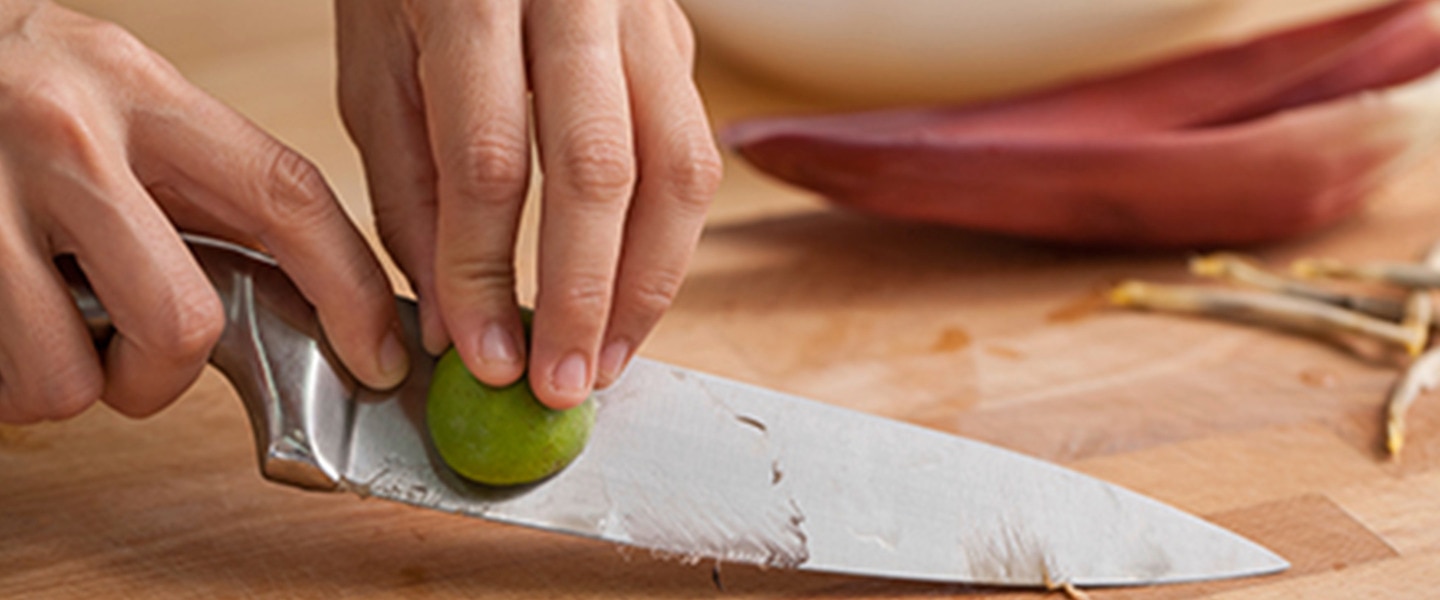
Mastering the Chop: Creating Irregular Pieces for Flavor
Chopping involves breaking down ingredients into smaller, often irregular pieces, perfect for adding texture and flavor to dishes like salsas, stir-fries, and salads.
How to Chop Effectively:
1. Grip and Position: Start with your basic knife grip (secure handle hold and blade pinch). Place the ingredient on the cutting board and secure it with your non-dominant hand using the 'claw hand' technique.
2. Slice and Gather: Begin by making thin slices through the ingredient using a rocking motion. Once you have a series of slices, gently gather them together.
3. Make Perpendicular Cuts: Now, make cuts perpendicular to your initial slices to achieve the desired chop size. Aim for consistency in your cuts for a more uniform result.
Practice the rocking motion to refine your precision and achieve the perfect chop.
Mastering the Dice: Creating Uniform Cubes for Perfect Texture
Dicing transforms ingredients into small, uniform cubes, essential for achieving consistent texture and even cooking in dishes like stews, soups, and mirepoix.
How to Dice Precisely:
1. Grip and Secure: Maintain your basic knife grip and place the ingredient on the cutting board. Secure it firmly with your non-dominant hand using the 'claw hand' technique.
2. Create Uniform Slices: Begin by making consistent, parallel slices into the ingredient, ensuring each slice is of equal thickness. This forms your first set of guides.
3. Form Strips: Gather the slices together and cut them into uniform strips, matching the desired width for your cubes.
4. Cube It Up: Finally, make perpendicular cuts across these strips to create perfectly uniform cubes. Precision in each step is key to achieving evenly sized dice.
Consistent size is the hallmark of good dicing. Practice these steps to hone your knife skills for perfectly diced ingredients.
Mastering the Slice: Achieving Thin, Even Cuts
Slicing is the technique of cutting ingredients into thin, even pieces. It's used for everything from meats and poultry to fruits and vegetables. Here’s how to become a master slicer:
- Start with the Basic Grip: Maintain a firm grip on the knife handle and a gentle pinch on the blade.
- Position the Food: Place the ingredient on the cutting board. For stability, your non-dominant hand can gently press down on top of the ingredient.
- Smooth and Even Strokes: Using a fluid motion, move the knife blade through the ingredient with a slight forward and downward motion. This technique ensures even slices.
- Consistency is Key: Whether you're slicing tomatoes or meats, strive for consistent thickness throughout.
Hone your chopping, dicing, and slicing techniques and you'll be equipped to tackle a wide range of recipes with precision and finesse. Remember: practice makes perfect. Before we wrap things up, we want to tap into one area you might not have thought about when it comes to knife skills…
Knife Care Essentials: Maintaining Your Edge for Safety and Performance
Just as important as mastering knife skills is proper knife maintenance. A well-maintained knife doesn't just perform better; it significantly enhances your safety in the kitchen. Keeping your knives in top-notch condition ensures they remain sharp, effective, and reliable. Let's explore the essentials of knife care:
Regular Honing: Keeping Your Blade Aligned and Sharp
Honing is a crucial maintenance step that realigns the knife's microscopic edge, keeping it sharp and performing optimally between full sharpenings.
How to Hone Your Knife:
1. Use a Honing Rod: Acquire a honing rod (often called a sharpening steel). Hold it vertically, ensuring the tip rests securely on a stable surface like a cutting board or countertop.
2. Set the Angle: Angle the knife blade against the rod at approximately 15-20 degrees. Maintain this consistent angle throughout the stroke.
3. Stroke the Blade: Starting from the heel of the blade (near the handle), gently draw the knife down the rod towards the tip, maintaining the set angle. Repeat this motion on both sides of the blade.
4. Repeat as Needed: Perform this honing process a few strokes on each side before each use to ensure your knife is always ready and sharp.
Regular Sharpening: Restoring Your Knife's Cutting Power
While honing realigns the edge, periodic sharpening is essential to remove a small amount of metal and restore a truly sharp cutting edge to your knives. You can achieve this using a whetstone or a professional sharpening tool.
Basic Whetstone Sharpening Method:
1. Prepare the Whetstone: If using a waterstone, soak it in water for about 10-15 minutes until it stops releasing air bubbles.
2. Set the Angle: Hold the knife at a consistent angle, typically 15-20 degrees, against the whetstone. Ensure the entire blade makes contact.
3. Sharpen the Blade: Starting from the heel of the blade, move the knife along the whetstone towards the tip, maintaining the angle. Apply gentle, even pressure. Repeat this process several times on both sides of the blade, alternating sides as needed.
4. Test for Sharpness: After sharpening, carefully test the knife's edge by attempting to slice through a sheet of paper. A properly sharpened knife will glide effortlessly through the paper.
Regular sharpening, combined with honing, ensures your knives remain safe and effective.
Hand Washing & Drying: Protecting Your Knives from Damage
Never place your knives in the dishwasher. The harsh water pressure and strong detergents can damage the blades and handles, dulling the edge and compromising the knife's integrity. Always opt for hand washing:
- Gentle Hand Wash: Use mild dish soap and warm water. Wash your knives by hand with a soft sponge or cloth, paying careful attention to both the blade and the handle.
- Immediate Drying: After washing, dry your knives thoroughly with a clean towel. Prompt drying prevents moisture buildup, which can lead to rust or corrosion and dulling.
Proper washing and drying are simple yet vital steps in maintaining your knives' longevity and performance.
Safe & Smart Storage: Protecting Your Knives and Yourself
The way you store your knives is crucial for both their longevity and your safety in the kitchen:
- Knife Block: A knife block offers organized storage, keeping knives easily accessible while protecting their blades from damage.
- Magnetic Strip: A magnetic knife strip is another excellent option, keeping your most-used knives within easy reach and neatly displayed.
- Blade Guards: If storing knives in a drawer is necessary, use blade guards. These protect the sharp edges from damage and prevent accidental cuts when reaching into the drawer.
Choosing the right storage method ensures your knives remain in excellent condition and minimizes the risk of accidents.
Similar articles
A little inspiration
7 Results
-
![Vegeterian Pizza 30 MINS recipe]()
Rich and Cheesy Salami Pizza
-
CookingTime20 MINS
-
Difficulty Easy
-
PreparationTime10 MINS
-
Servings 4
people
-

